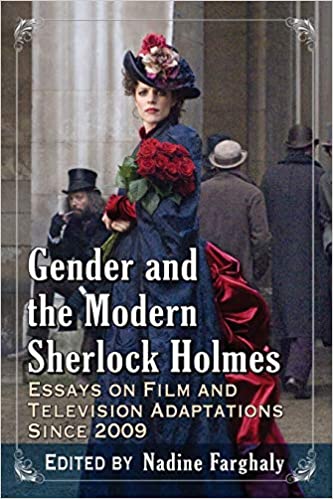
2022. "Recognizing Science Fiction." Language and Semiotic Studies 8 (3): 106–129.
Whereas science fiction has no identity, no necessary conditions, no essence, and no timeless and universal attributes, we should not be able to recognize it. We do. Something must allow it. This article will show how recognition and learning outweigh contingent feature-based academic projects on science fiction as ends, thereby revealing the socio-cognitive frames that buttress such recognition and proposes that we consider semio-cognitive models to refine our understanding of the genre. To that end, this article shows how science fiction is a creative mode recognizable by its prototypes and the theories built thereon. Ultimately, this article promotes a means-based socio-cognitive understanding of science fiction where it is free, in a new way, from retrospective academic projects to define it by ends.

2016. "The Free Slave Paradox." Semiotica (210): 57–74.
To the extent that "runaway slave" and "free slave" express the same content, yet one is readily understood and the other is not, the difference exposes a cultural blindness to some of the outdated ways in which oppressive language still operates. This article processes the expression "runaway slave" through several semiotic models to examine its structural incoherence and then explores the ways in which it is paradoxically understood, even so, as functions of racist cognitive frames issuing from white investments in the language. By exposing how the expression presents interdisciplinary issues, the article thereby advances an argument against its unexamined use and proposes an alternative.

2015. "The Veneration of Violation in Sherlock." In Gender and the Modern Sherlock Holmes, edited by Nadine Farghaly, 208–222. Jefferson, NC: McFarland.
To the extent that Sherlock Holmes and John Watson are iconic characters who are predisposed not only to be protagonists but also to be successful in their pursuits, the audience inescapably forgives or likely forgets the ofttimes intolerable means and methods of the detectives. The success of the BBC series Sherlock can only testify to this aspect, in the face of the narrative's sheer masculinist agenda: the roles of women are degrading and their treatment equally so, which no amount of Adler's tokenism can discount. While the prevailing structural scholarship on detective narratives might address how such success is dependent upon smooth if formulaic social interaction, the movements of the antisocial Sherlock Holmes coupled with the relationship-challenged John Watson forcibly expose the degree in which they operate within a pervasive, patently masculine logocentricity. So much so, the questions we must ask tilt away from interrogating the altogether timeless social index in which iconic detectives operate to the particular one in which this series has been translated. Set in present day London, the masculinist narrative unobtrusively operates within a society with political and social approbation of chauvinism. Yet, if this is true, the limits of such a world must be interrogated to reveal the power protecting the operation. How poorly may Holmes and Watson now behave toward or with women and still be venerated by fans and aggrieved characters alike? What assumptions of impolitic gender roles can they parlay recognizably into schtick and stock indexicality without compromising the narrative? How disarmed must an audience be to forgive and forget egregious male trespass against, censure of, or silencing of the exertion of women's agency? In answering these questions, this chapter will examine the ways in which the primarily male characters of the series have interacted with women in their adventures, the ultimate result of which will question the very hero worship the series cultivates.

2013. "Decriminalising the Lawless Moor." In Monstrous Spaces: The Other Frontier, edited by Niculae Gheran and Ken Monteith, 11–19. Witney, England: Inter-Disciplinary Press.
In The Hound of the Baskervilles (1902), Doyle convincingly creates a monstrous atmosphere through the use of supernatural imagery, including the blood-chilling screeches of pastoral animals in their death throes, moonlit fog obscuring safe paths, bogs that tug at one's boots, a flaming-mouthed hellhound, and the claiming of a villain's body by the depths of the Grimpen Mire. These fantastic aspects not only intensify the mystery, but also add a supernaturalism and irrationality to the story, which serves as a contrast to the rational Sherlock Holmes, who passes through the moor unfazed and unharmed. The implication of evil issuing from the legends and superstition that the moorlands are a monstrous, murderous landscape serves to incriminate nature. Although nature in most literature is essentially constructed as indifferent to the affairs of mankind, this text clearly presents the moor actively securing deaths, thereby inspiring dread and inviting comparison to criminality. The issue of culpability, however, prompts us to consider whether nature's transgressions can be decriminalized under theories of justice, especially if nature is lawless. In this paper, I suggest the ways in which we might approach the exoneration of nature through rationality, and in so doing, move beyond the taxonomic ascription of 'otherness' to forms of nature considered supernatural—the result of which will disarm the notion of natural evil and thereby undermine the construction of natural monstrosity.
(Digital Copy No Longer Available)